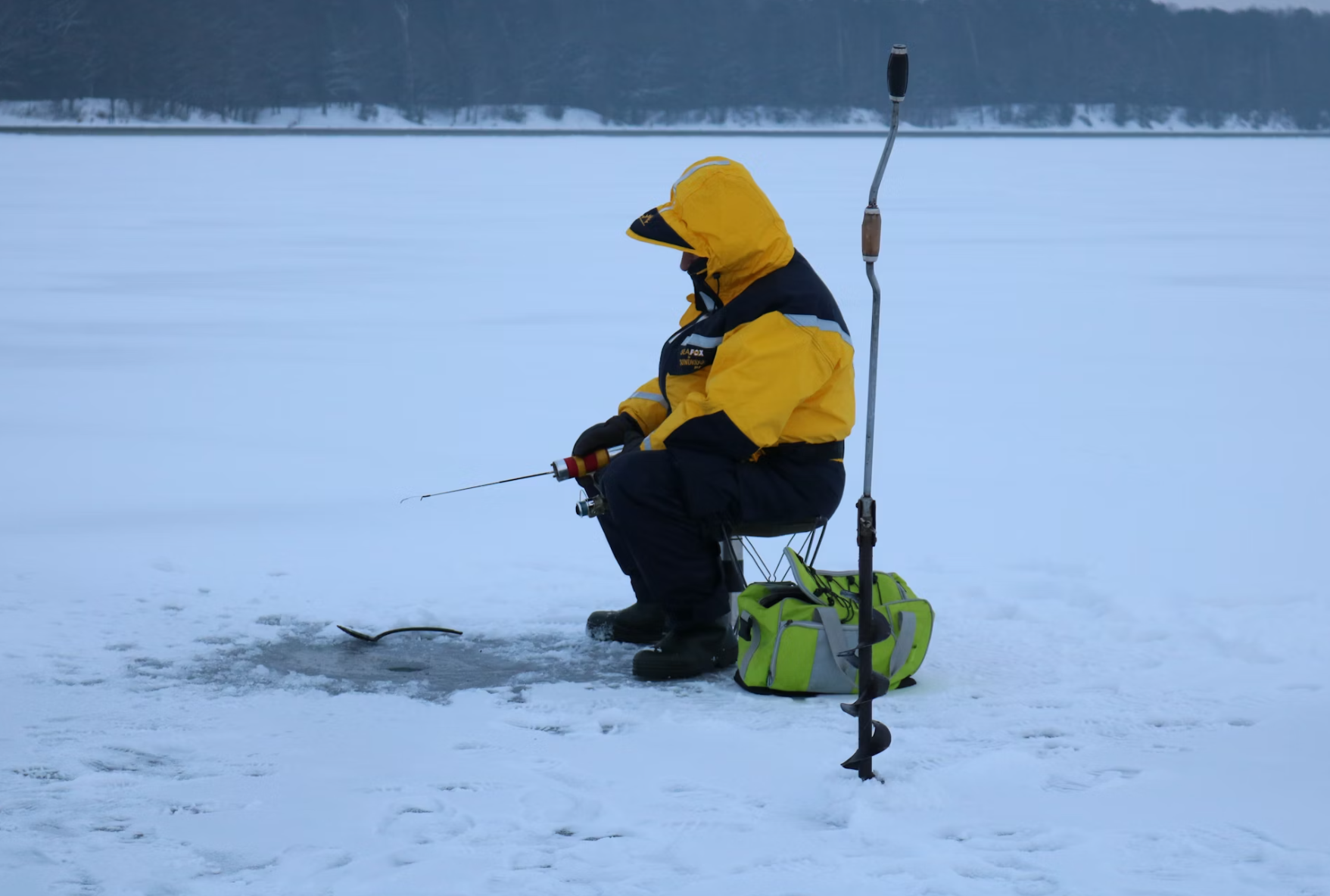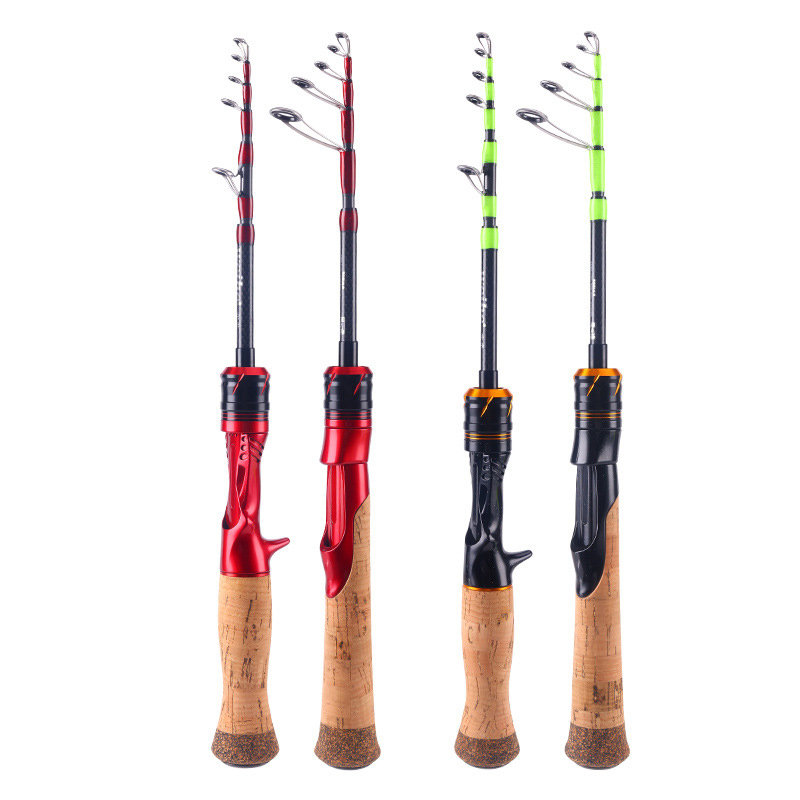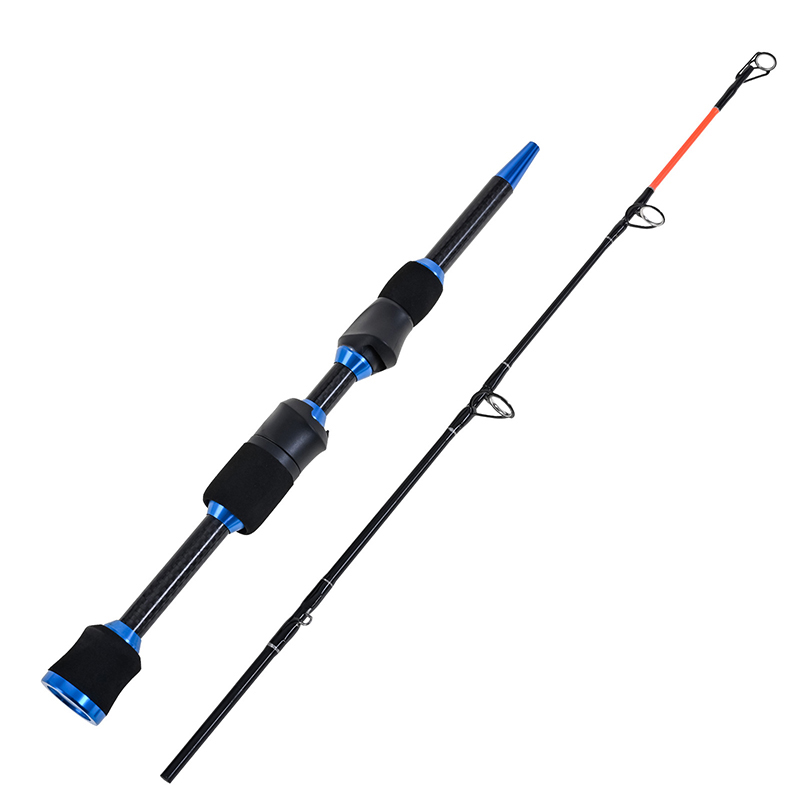Fishing is not only a way to relax but also a skill that needs patience and practice. Fly fishing in particular is about timing, accuracy, and the right equipment. If the rod is heavy or too weak, you will feel tired quickly, and the line will not land where you want it. A good rod can make casting smoother, and a smart choice of technique can turn a hard day into a successful one. Laike has become known as a strong name in fishing tackle, offering rods made with advanced carbon materials. The company has more than ten years of export experience and has supplied products to clients in over 30 countries. It provides OEM service, quick shipping, and around-the-clock support. The company also passed tests from SGS and TUV for many years, which shows its stability and reliability. With a wide range of rods and accessories, the company has gained trust from both large retailers and smaller fishing stores.

Why Does Overhead Casting Remain the Foundation of Fly Fishing?
Overhead casting is the classic move in fly fishing. It is simple, and most people learn it first. When you fish on an open lake or a wide river, this cast lets you reach further and aim better. But the cast works best if your rod is light enough to move easily and strong enough to handle stress.
Smooth Line Control for Long Distance
When you throw the line overhead, you need balance between power and control. A carbon rod, made from woven carbon cloth, feels lighter in the hand yet holds more strength. This balance lets you cast farther with less effort. Long sessions by the river become less tiring because you don’t fight with the rod.
Reliable Power to Handle Big Fish
Sometimes a large carp or bass strikes, and the pressure on the rod jumps. Carbon rods bend smoothly without snapping. The high elasticity of the rod body helps push back against the fish. With this kind of rod, you can enjoy the fight rather than fear the break.
Universal Technique for Beginners and Experts
Overhead casting is easy enough for someone new yet offers enough control for skilled anglers. Handles made of EVA or cork give a steady grip. Cork feels soft and dries quickly, while EVA resists shocks and is easier to clean. Both make casting more comfortable for long days on the water.

What Makes Roll Casting So Effective in Tight Spaces?
Not every fishing spot is wide open. When you stand under trees or fish in a narrow stream, overhead casting is almost impossible. Roll casting solves this problem by letting you throw the line forward without much space behind you.
Precision Casting in Limited Areas
Imagine standing by a small mountain stream with bushes behind you. In that space, a telescopic rod is easier to handle. It folds down when not needed and extends quickly when ready to cast. This makes roll casting practical in places where long rods feel clumsy.
Efficient Energy Transfer with Carbon Fiber Rods
Roll casting needs smooth transfer of energy. Carbon fiber layers add both toughness and flexibility. The rod bends and releases in one motion, pushing the line forward without wasted effort. This is handy when the water is calm and accuracy matters more than distance.
Versatility Across Different Water Conditions
Roll casting is not only for small rivers. It also works in lakes and in icy water when overhead swings are blocked by snow or ice. A rod built for cold, such as a Carbon Ice Fishing Rod, keeps sensitivity in freezing air. It won’t turn stiff or crack even when the temperature drops.

How Does Sidearm Casting Improve Accuracy in Windy Conditions?
Wind is a constant challenge in fly fishing. Overhead casts rise high, giving the wind more chance to blow the line off target. Sidearm casting lowers the line, cutting through gusts and keeping the fly closer to the water.
Low Line Trajectory Against Wind
By keeping the line down, sidearm casting reduces drift. Carbon rods, with their stable design, stop the line from shaking in strong winds. This method can be the difference between landing a fly near the target and missing by several feet.
Flexibility to Cast Under Obstacles
Sidearm casting also helps when you fish near bridges, rocks, or low branches. With a telescopic rod, you can angle the cast under obstacles without tangling the line. This flexibility makes tricky spots more fishable.
Enhanced Hook-Setting with Sensitive Rod Tips
Sidearm casts are not just about fighting the wind. They also need quick reaction when fish bite. Sensitive carbon tips pass even small vibrations to your hand. This quick feedback lets you set the hook before the fish spits out the fly.
Why Does the Right Rod Material Make Casting More Effective?
Rod material shapes how the cast feels and how long you can fish before fatigue sets in. It also decides how much pressure the rod can handle without breaking.
Lightweight Carbon for Reduced Fatigue
Carbon rods are much lighter than fiberglass rods. You can cast longer without sore arms. Light gear makes a big difference during hours of fishing on the same spot.
High Strength to Resist Breakage
A rod made from 40T carbon cloth has both hardness and toughness. It bends when needed but resists sudden breaks. That strength is useful when you hook a strong fish that runs hard.
Comfort and Grip from EVA and Cork Handles
Handles may seem small, but they affect casting. EVA handles are durable, shock-resistant, and easy to clean. Cork handles feel warm, grip well, and dry fast. Picking one depends on your fishing style and personal comfort.
How Do Specific Rod Types Support Professional Casting Techniques?
Not every rod fits every style. Choosing the right model for your technique and environment improves your chance of success.
Portable Carbon Telescopic Fishing Rod for Travel Anglers
The portable carbon telescopic fishing rod is ideal for those who travel. It fits in a backpack yet performs like a full rod. For overhead or roll casting, it gives the strength and light feel needed.
Carbon Ice Fishing Rod for Extreme Conditions
Winter fishing requires rods that won’t turn brittle. A Carbon Ice Fishing Rod works in freezing conditions while still giving quick feedback from bites. It adds confidence when you fish through the ice.
OEM Services and Global Reliability
Reliable supply and OEM services help anglers and distributors worldwide. With quality checks and years of export, you know the products are consistent. That reliability builds trust across markets.
What Common Mistakes Should Anglers Avoid When Casting a Fly Rod?
Even with the best rod, poor habits can ruin a cast. Avoiding common mistakes saves time and improves results.
Overpowering the Cast
Many anglers try to use too much force. This makes the line whip unevenly and land far from the target. A smooth motion with less power often gives better accuracy.
Ignoring Rod Flexibility
Every rod bends in its own way. Medium-fast rods bend enough to store energy but still give control. If you ignore this natural action, the cast feels stiff and awkward.
Using the Wrong Rod for the Situation
Choosing a rod not made for the conditions creates problems. A telescopic rod suits mobile fishing trips, while an ice rod is made for cold. Picking the wrong one means wasted effort against the environment.
How Can Choosing the Right Products Improve Casting Success?
Gear is not just about catching fish. It also shapes your whole fishing experience. Better rods make casting smoother, reduce mistakes, and help you enjoy the day.
Proven Quality from a Certified Manufacturer
With certifications like SGS, TUV, and BSCI, the rods meet global standards. Buyers get the same quality across different shipments, which is vital for long-term trust.
Competitive Price with OEM Customization
The mix of good design and fair cost attracts both hobby fishers and professional dealers. OEM options also allow custom branding for local markets.
Long-Term Partnership and Support
The supplier offers flexible payment, fast delivery, and strong after-sale help. This steady support makes it easier for international clients to build long business ties.
FAQ
Q1: What is the easiest fly rod casting method for beginners?
A: Overhead casting is the simplest starting point. It works well in open areas and gives you a base to learn timing and line control.
Q2: How do EVA and cork handles compare?
A: EVA is durable, shock-resistant, and simple to clean. Cork is soft, grips well, dries fast, and stays steady in high heat.
Q3: Can telescopic rods handle big fish?
A: Yes. Telescopic rods made with carbon cloth are strong and flexible. They resist breaking even when large fish pull hard.




